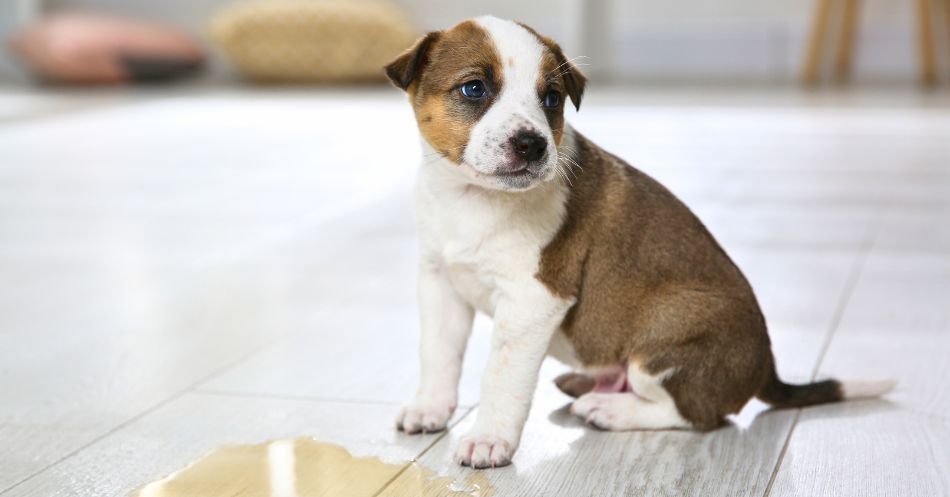
How to Potty Train a Puppy
There’s nothing quite like the day you bring home a precious puppy—a new family member to create wonderful memories with. Your first night with your new pup may present a few hiccups, but nothing that you can’t prepare yourself for. Included in these initial challenges is the task of potty training.
First off, make sure you have everything ready to make the process smooth sailing for you and your puppy. This can include a crate, collar, leash, treats, and a good cleaning solution in case of “accidents.”
Read on to learn how to turn those indoor accidents into distant memories as we discuss teaching your pup where it’s appropriate (and not appropriate) to eliminate.
Pin Me Now, Read Me Later!

Establishing a Routine
Dogs, especially puppies, thrive on routines. When you establish a consistent schedule for feeding, playtime, and bathroom breaks, your puppy learns to adapt and adjust to their new home quickly.
Here’s how to kickstart the potty training process:
Take your puppy out at least every two hours. Set a potty break first thing in the morning, after meals, after playtime, and before bedtime. Remember, puppies have small bladders and they haven’t yet developed bladder control—hence the need for frequent trips outside.
Pick an outdoor bathroom spot for your puppy. Make sure to take them out on a leash when taking your pup out on a potty break. They may not immediately go, so pick a spot that’s the safest for them with the least amount of distractions; that way, they can focus on going potty.
Use a command. Introduce a specific command or cue, such as “potty” or “go” when your puppy is eliminating outdoors. It’s also better if you use one-syllable, one-word commands—this makes it easier for your puppy to pick the command out when you house-train them and associate it with the correct action. And don’t forget, give lots of praise and a treat when she’s able to successfully go outside!
Supervising Your Puppy
Constant supervision during the potty training process allows you to observe your puppy’s behavior and learn their specific cues or signals when they need to go potty. Understanding these cues better makes it easier to respond promptly and take them outside.
Watch for these common cues when you start potty training your puppy:
- Sniffing the floor or ground
- Pacing, whining, or barking
- Circling a specific area
- Scratching at the door
- Squatting
Upon noticing these cues, take them out to their potty spot immediately. Don’t give them the opportunity to eliminate inside your home.
Once outside, keep him on a leash until he’s fully trained. This is because if they are off leash, they may get distracted and potentially can get away from you.
Use a six-foot leash to keep your pup near you. Guide them to a specific spot in the yard and limit their wandering to that area. Allowing them to roam freely all over the yard might lead to distractions, which’ll make it harder for them to focus on training. I usually choose a spot on the perimeter of the yard or near some bushes.

Crate Training

When you can’t observe your puppy at all times, consider crate training. Most dogs hate soiling their living space, making crates valuable tools for potty training. When appropriately sized, a crate encourages your puppy to “hold it” until you take them outside. This reduces the likelihood of them going potty indoors.
Choosing the Right Crate for Your Puppy
When using crates to potty train, choose one that’s big enough so they can stand, lie down, and turn around comfortably.
Dog crates come in different types, so carefully consider which ones your pup needs. Metal wire crates are durable, provide good ventilation, and often fold for easy transport. They usually come with a removable tray for easy cleaning.
There are also plastic crates, which are more enclosed and cozy. Plastic crates are often preferred for travel (including air travel). They offer a more den-like feel, which can be comforting for some puppies.
Introducing Your Pup to the Crate
Slowly introduce your pup to the crate—place treats near the entrance of the crate and praise her when she starts exploring inside. You can try feeding her in her crate, with her food furthest from the door. Place her favorite toys and her bed in the crate (you can even include a shirt with your scent on it!).
Implementing Crate Time
Once your pup is comfortable staying inside the crate, try closing the door when she’s distracted, like when she’s eating or playing with her toys. Keep it closed for a minute and then gradually work up to longer periods. Never leave your pup alone for longer than their bladder can hold or they may have to eliminate inside the crate. Also, never use the crate as a form of punishment. You don’t want them to have negative associations with it.
Controlling Your Puppy’s Diet
Puppies usually need to go potty shortly after eating. So, establishing a regular feeding schedule can help you anticipate when your puppy will need to go outside.
Choose high-quality puppy food that is appropriate for your puppy’s breed, size, and age. Follow the feeding guidelines on the puppy food packaging to ensure you’re providing the right portion sizes for your puppy’s age and weight. Overfeeding can lead to digestive issues and more frequent bathroom breaks.
For younger pups, divide their daily food portion three times a day and serve them at the same time. For example, feed them their first meal around 7 a.m., then at 12 p.m., and dinner at 5 p.m.
This consistency helps regulate their digestive system and contributes to predictable potty breaks. If feeding your pup three times a day is something that’s not possible for your schedule, it’s all right to feed your pup twice a day—they adjust quite well.
How to Potty Train a Puppy When You’re Working
Potty training is possible even when you have a day job. But it does need careful planning and consistency. Strictly stick to a potty puppy training and feeding schedule—arrange for midday breaks, if possible. Contact a trusted friend, family member, neighbor, or professional pet sitter to come and let your puppy out for a bathroom break during the day. This can be particularly important for young puppies with smaller bladders.
House Training Setbacks to Expect

Potty training comes with its own set of challenges. But with patience and the right knowledge, you’ll be able to overcome them in no time. Some setbacks to expect may include:
- Accidents inside the house. Accidents are a very normal part of the learning process, especially during the early stages of training. Clean the accident site with an enzymatic cleaner to get rid of scent markers. Review your puppy’s routine and ensure you are providing enough opportunities for potty breaks.
- Regression in training. Regression can occur due to several reasons, including stress due to environmental changes, overfeeding, or incomplete training. When this occurs, revisit the basics of the training routine. Ensure consistency in feeding, bathroom breaks, and supervision. Watch for any changes in the environment that may be causing stress.
- Fear or anxiety leading to potty issues. Changes in the environment, household, or routine can cause fear and anxiety for your pup and may get in the way of your potty training. Spot and address any potential stressors. Provide a calm and positive environment. Gradually introduce changes to help your puppy adapt.
- Weather changes. Extreme weather conditions may make outdoor bathroom breaks challenging for your puppy. If possible, set up a covered area outside where your puppy can go. This could be a spot under a porch, a canopy, or a makeshift shelter that shields them from rain or snow. You can also teach your pup to potty on cue to encourage them to eliminate outdoors despite the weather.
Common FAQs When Puppy Potty Training
How Often Do Puppies Pee?
A good rule of thumb is that puppies can hold their bladders for every hour corresponding to their age in months plus one. For instance, your three-month-old puppy will be able to hold her bladder for about four hours.
This means that by the time your puppy reaches six months, they’re already likely to gain full bladder control.
How Old Does a Puppy Need to Be to Be Potty Trained?
Generally, most puppies can start learning basic potty training skills when they reach 12 to 16 weeks old. This is when they’re starting to control their bladder and bowel movements. While starting as early as eight weeks old is possible, expect more accidents to happen at this time.
What If My Puppy Eliminates in the Wrong Place?
If your puppy wees in the wrong place, stay calm! Use it as a learning opportunity instead of getting upset or punishing your puppy. They may not understand why you’re upset. Plus, negative reactions can cause stress or fear, making potty house training even more challenging.
If you catch your puppy doing the act indoors, interrupt them with a simple sound (like a clap) to get their attention. The goal is to stop the behavior without frightening them. Then, immediately redirect them to the right bathroom spot. Use a positive and encouraging tone to guide them.
How Long Does Potty Training Take?
Your puppy isn’t likely to be fully house-trained overnight. On average, it often takes 4–6 months for a puppy to fully grasp the concept of potty breaks. Some can take up to a year. Different factors like dog size, age, and even breed can affect how long potty training will take.
For example, all of our Labrador or mix-breed puppies were housebroken by when they were three months old, with very few accidents, but our little Tulip, a Miniature Pinscher-Chihuahua mix took nine months to housebreak!
Should I Use Puppy Pads?
There are several reasons why relying solely on puppy pads is not the best approach for potty training. Puppy pads can send mixed signals to your puppy, making it more difficult for them to understand that outside is the primary place to go. They might learn that it’s acceptable to relieve themselves inside, which can be a hard habit to break later.
Another downside is that puppy pads can retain odors, even if changed regularly. This lingering scent might encourage your puppy to use the same spot inside your home for future potties, even after the pads are removed.
What Is the Easiest Way to Potty Train Puppies?
Many dog owners find success with potty training using a combination of positive reinforcement, consistency, and crate training. This means praising them for successful potty breaks, sticking to a consistent feeding and potty schedule, and using crates to hasten the training process.
Patience and Consistency Is Key
Every dog is unique, which means what may work for others may not work for you. But with patience, the abovementioned tips, and a bit more research, the road to successful potty training is a lot smoother than you think. Just enjoy the process, and soon enough, you’ll be the proud pet parent of a well-trained pup!

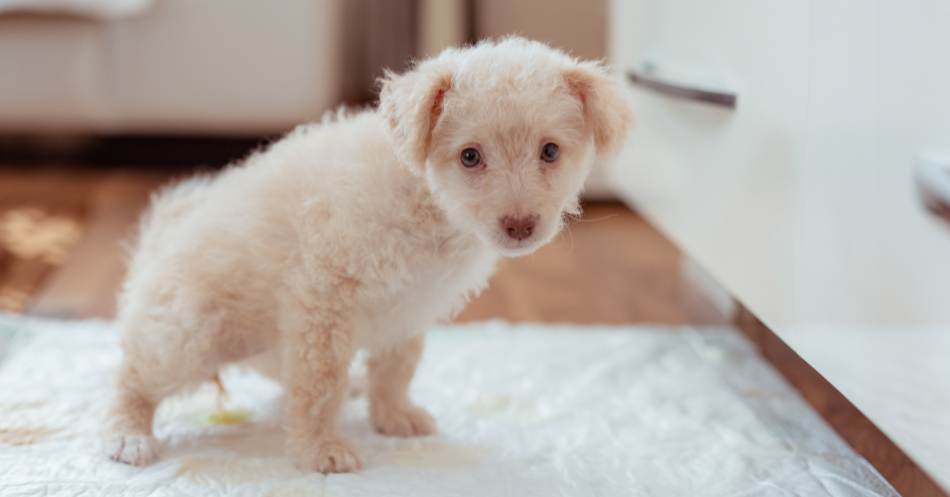
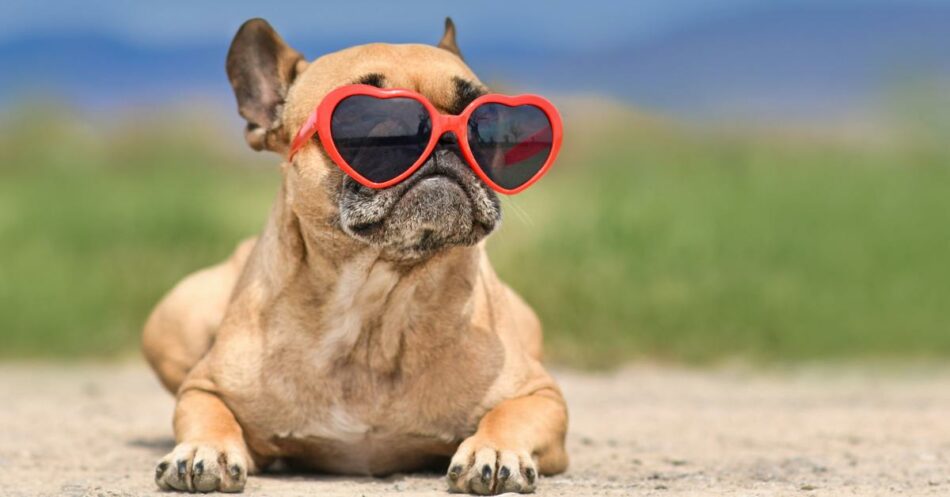
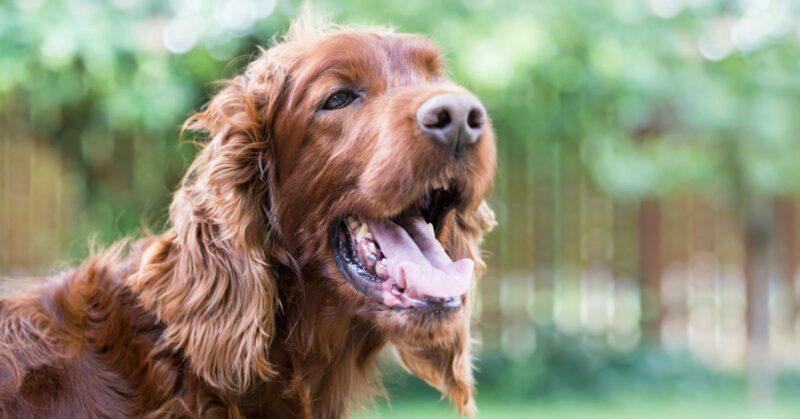
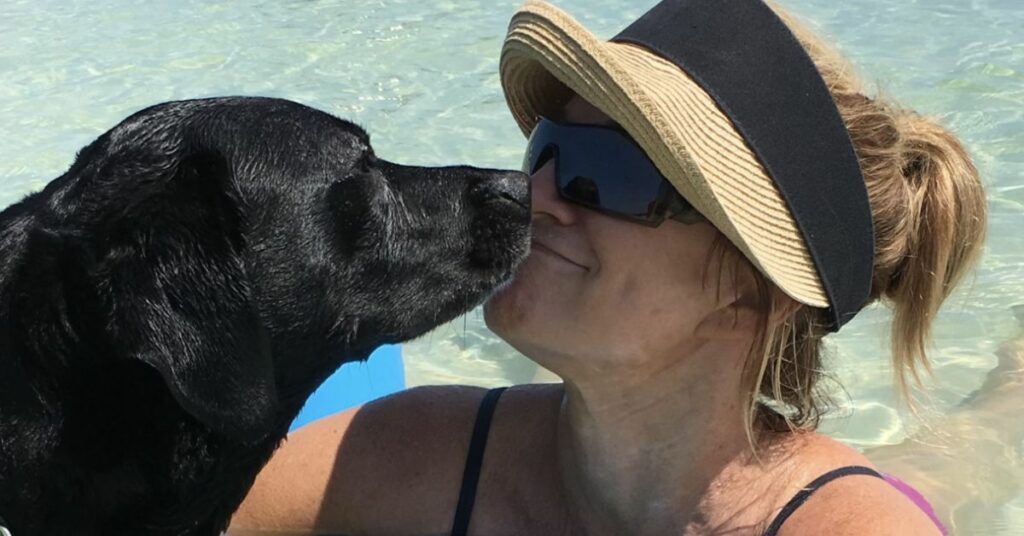
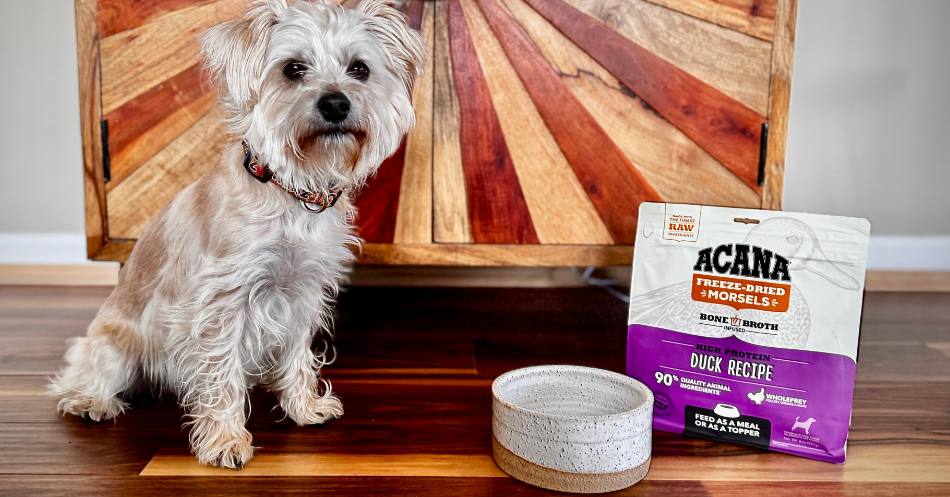
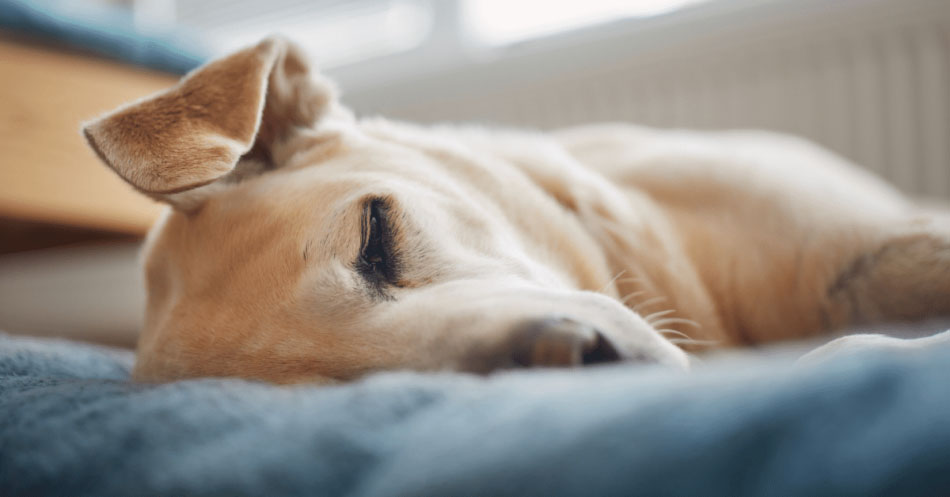
This Post Has 0 Comments